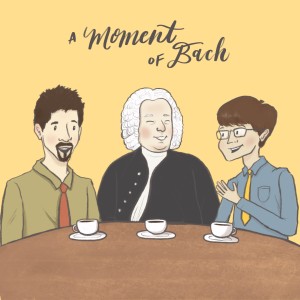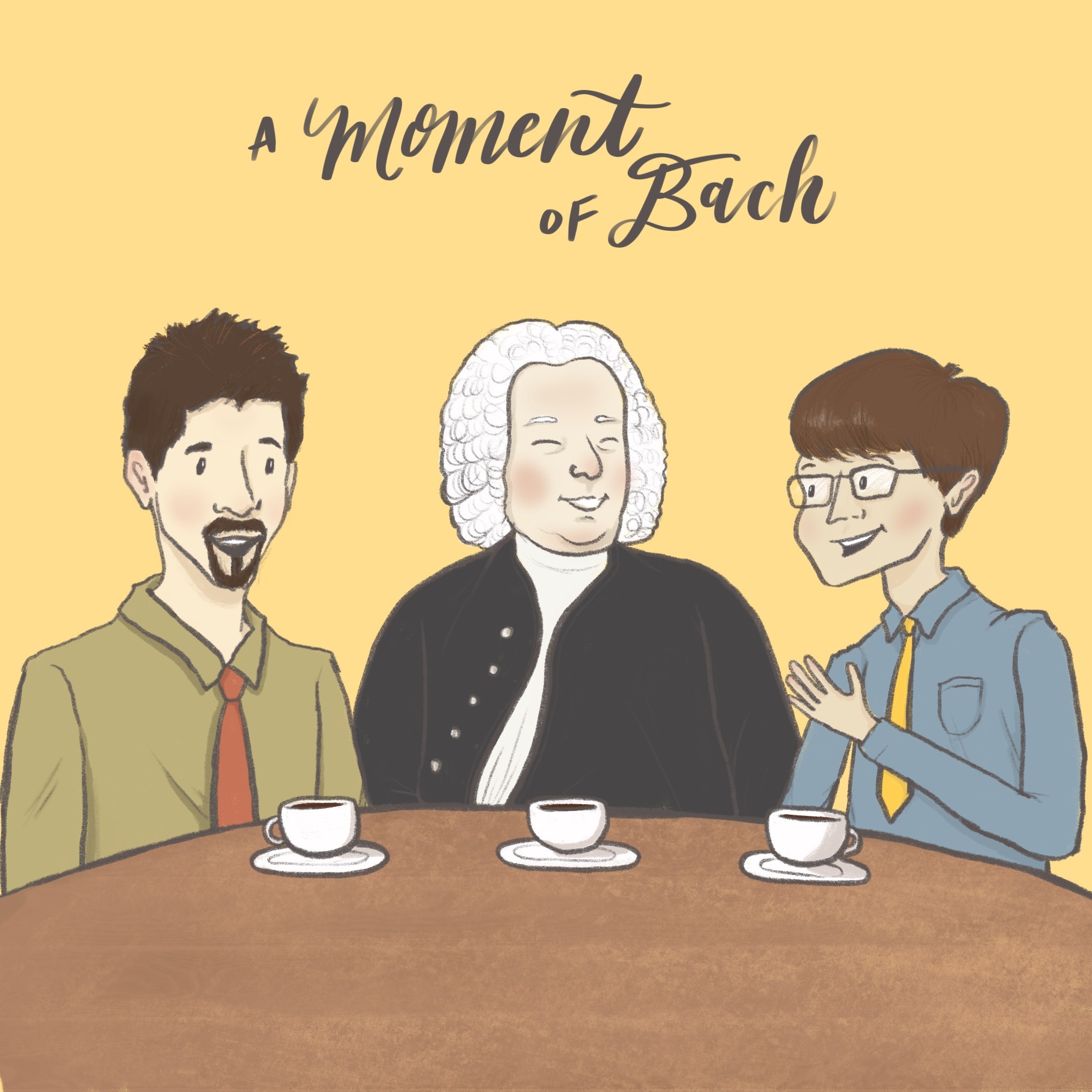
216.3K
Downloads
163
Episodes
Welcome to A Moment of Bach, where we take our favorite moments from J. S Bach's vast output—just a minute's worth or even a few seconds—and show you why we think they are remarkable. Join hosts Alex Guebert and Christian Guebert for weekly moments! Check wherever podcasts are available and subscribe for upcoming episodes. Our recording samples are provided by the Netherlands Bach Society. Their monumental All of Bach project (to perform and record all of the works of J. S. Bach) serves as source material for our episodes. https://www.bachvereniging.nl/en https://www.bachvereniging.nl/en/allofbach Artwork by Sydney LaCom
Episodes

Monday Feb 14, 2022
Toccata and Fugue in D minor (BWV 565)
Monday Feb 14, 2022
Monday Feb 14, 2022
Possibly the most famous organ work ever written, the Toccata and Fugue in D minor is instantly recognizable by its first few notes. But... are those the notes that Bach wrote? The answer might surprise you...
In fact, this cornerstone of the organ repertoire has flummoxed so many musicians and music scholars through the generations, it's no wonder that it gets so much attention -- and that's not including the notoriety it began to develop as a piece of stock music for horror films in the silent film era. It found a wide audience in 1940 when it was featured in Walt Disney's Fantasia, in an orchestral transcription by Leopold Stokowski, and since then, it has enjoyed more mainstream success than most classical pieces ever see.
We dive into the mysteries at the heart of the piece, as we move from thrilling cadence to thrilling cadence, toward the very end of the work, where Alex's favorite moment hits: a surprise ending that would have given the audiences of the 1700's just as much of a delighted shock as it gives us today.
Toccata and Fugue in D minor, performed by Leo van Doeselaar for the Netherlands Bach Society:
https://www.youtube.com/watch?v=Pi0IuyTS_ic
Orchestral version by Leopold Stokowski featured in Disney's Fantasia (1940):
https://www.youtube.com/watch?v=z4MQ7GzE6HY
Article which theorizes that this work (BWV 565) and the Chaconne from Violin Partita no. 2 (BWV 1004) are arrangements of lute pieces:
https://www.jstor.org/stable/30044126
Violin piece featured in this episode as an example of bariolage technique: "Partita no. 3" by J. S. Bach (BWV 1006), performed by Shunske Sato for the Netherlands Bach Society:
https://www.youtube.com/watch?v=gYT1JUq0k04
An informative (if a little snarky) video essay, aimed at non-musicians: "Why Pipe Organs Sound Scary":

No comments yet. Be the first to say something!